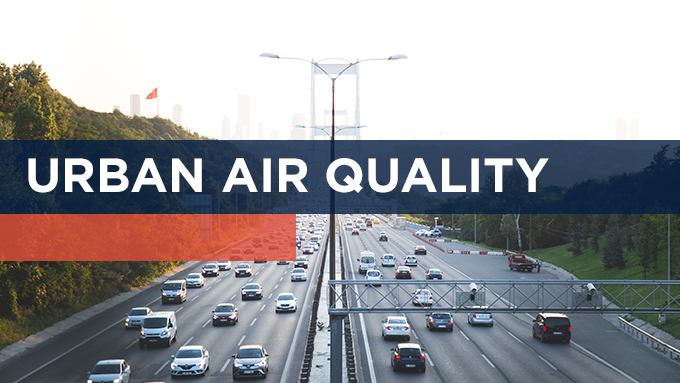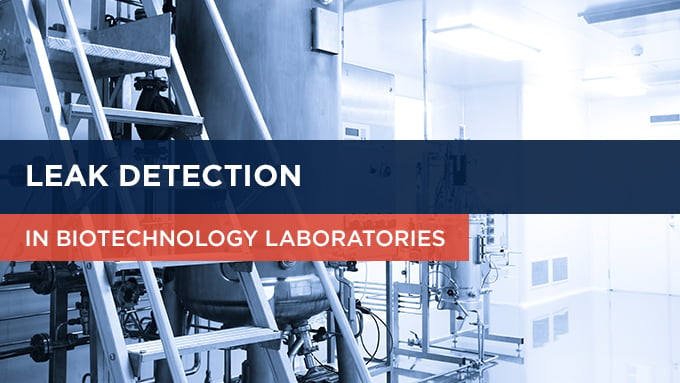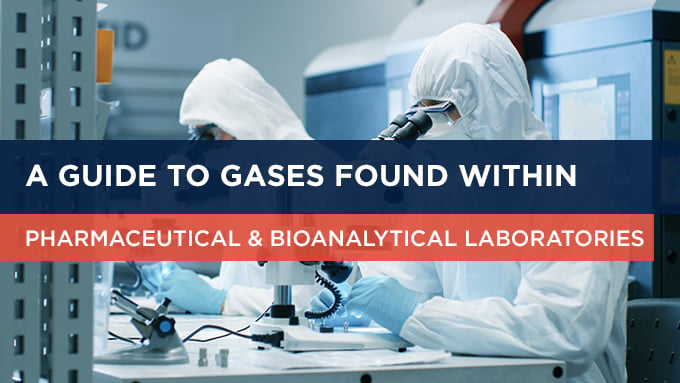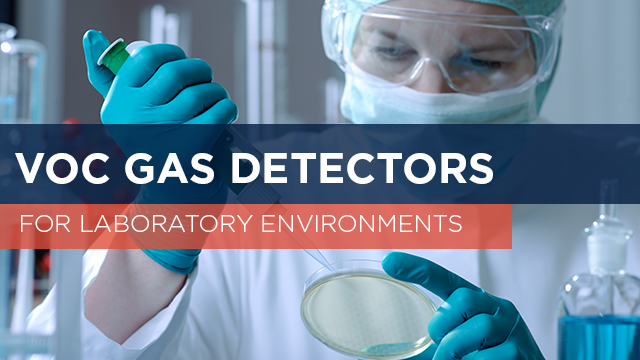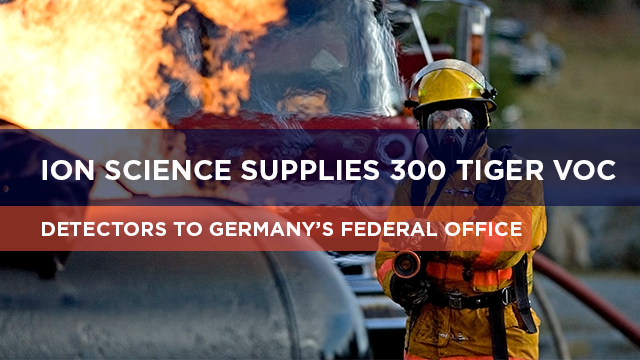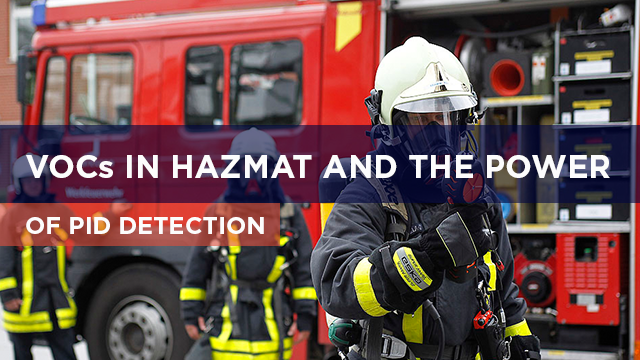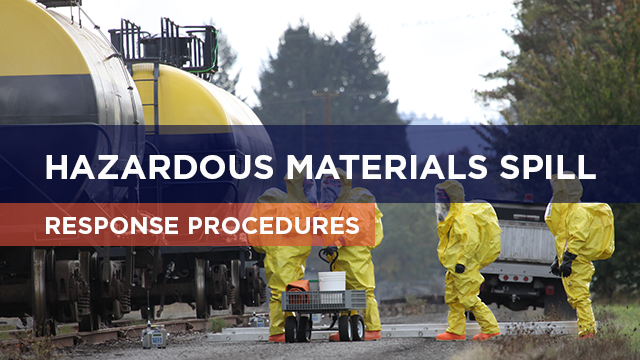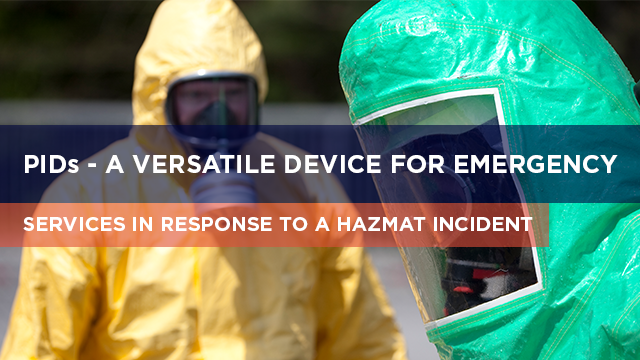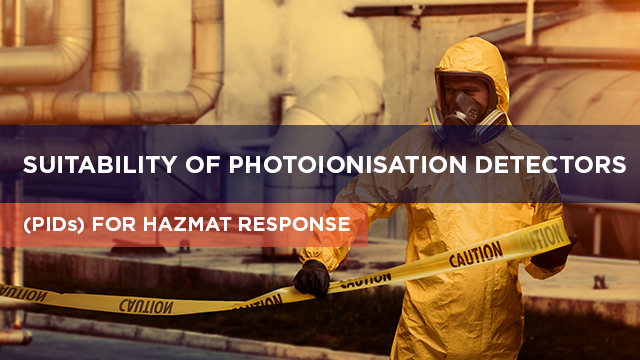Urban Air Quality
Our atmosphere is dynamic. Biological, physical and chemical processes contribute to ‘clean air’, a gas mix which is remarkably well balanced for life and free of toxic gases and particulates.
Oxygen is at as high a concentration as enables aerobic organisms such as us to breath easily, whilst not so high as to cause unquenchable forest fires. Carbon dioxide is plentiful enough for plants to grow, both as a source of carbon and in retaining sufficient but not too much warmth from the sun. Elements essential for life such as sulfur and iodine are transported from land to sea in the form of volatile organic compounds (VOCs).
Many gases, which are toxic or harmful to life are removed by chemical and physical adsorption on solid particles (particulates) which ultimately fall out of the air under gravity as dust or rain. What is more, through a series of chemical reactions, including reactions with sunlight (photochemical reactions), the atmosphere is kept almost completely free of specific VOCs released by plants, it would seem to their own and wider advantage. For example, it has been recently established that on being bruised, leaves release VOC messengers (pheromones) that attract predators of leaf eating insects! Read more!
Leak Detection In Biotechnology Laboratories
Leak checks to analytical laboratory equipment promotes good laboratory practice and preventative maintenance offering a number of benefits including; improvements to analytical performance, minimising troubleshooting, and the prevention of damage to columns and sensitive detectors. Gas leaks can cause significant losses of expensive high-quality gas, shortened trap and purifier lifetimes, increased column bleed, and increased system and detector maintenance. Many problems can be minimised by leak checking a complete analytical system.
Pharmaceutical and biotechnological companies use gases in a wide range of applications across all stages of the production chain – from research, development and quality control to production of active pharmaceutical ingredients (APIs) and final drugs. Industrial gases are essential to the development of modern medicines and the production of pharmaceutical packaging.
Pharmaceutical and biotechnological companies use many variants of gas and chemicals – from high purity gases in the laboratory to process gases in production processes such as chemical synthesis, sterilisation gases and gases to grow biological cultures. Research, development, production and quality control laboratories all use gas-consuming analytical instruments such as gas or liquid chromatographs, nuclear magnetic resonances or mass spectrometry. Read more!
A guide to gases found within pharmaceutical & bioanalytical laboratories
There are a wide variety of gases found within a pharmaceutical or medical laboratory. Many have no taste, colour or smell, which makes it difficult to tell if a gas leak is present. A gas leak from a cylinder or fixed pipe gas system poses a series risk that can cause a potentially fatal incident or hazard within a laboratory environment.
The pharmaceutical industry is one of the worlds fastest growing industries. Most of the sales revenue it generates is then reinvested in the area of research and development of new products. Research and development uses a wide range of speciality gases and equipment. Analytic instruments such as gas chromatographs, liquid chromatographs and spectrometers all rely on the appropriate level of gas delivery to operate effectively.
These pharmaceutical and medical gases are manufactured specifically for the medical, pharmaceutical manufacturing, and biotechnology industries. They are frequently used to synthesize, sterilize, or insulate processes or products which contribute to human health.
Pharmaceutical gases are also inhaled by patients in a technique known as gas therapy. Gases used for human healthcare are strictly controlled by both legislation and industrial standards so as to not impair human physiology.Read more!
VOC Gas Detectors for Laboratory Environments
GAS DETECTORS FOR LABORATORIES
The development of laboratory safety and cleanroom technology has enabled much higher levels of safety and cleanliness in manufacturing, pharmaceutical and scientific laboratories and including any other environment in which small particles or gases in the air can be detrimental to the process.
Volatile Organic Compounds (VOCs) and toxic gases still continue to be present within hospitals, cleanrooms and laboratories due to the type of work carried out. Those responsible for working within these environments face potential implications due to the impact hazardous VOC gases can have on both the health of workers and of equal importance on the work and tests being conducted.
ION Science supplies 300 Tiger VOC detectors to Germany's federal office of Civil Protection and Disaster Assistance.
Market-leading hand-held PIDs part of vital equipment on board government body’s ‘first responder’ reconnaissance vehicles.
Ion Science has recently supplied 300 Tiger hand-held volatile organic compound (VOC) detectors to Germany’s Federal Office of Civil Protection and Disaster Assistance (BBK) where they are part of the vital chemical measurement system on board ‘first responder’ reconnaissance vehicles.
What is a volatile organic compound (VOC)?
Volatile organic compounds (VOCs) include a wide range of both natural and synthetic substances. VOCs are chemical compounds – mixtures of more than one element – where one of the elements is carbon. They are described as volatile because they evaporate easily, releasing molecules into the atmosphere. VOCs can be detected by specialised VOC detectors utilising photoionsation detection (PID) technology.
VOCs are present in everyday life and can be harmless, some however, are not and can be hazardous to health and t
he environment. Solvents used in paints and adhesives, and in cleaning products, are often VOCs. The distinctive smell of some new plastics is the result of the ‘outgassing’ or release of volatile organic compounds to the atmosphere. Fuels including diesel, petrol, gasoline, heating oil, and aviation fuel are VOCs.
These and other potentially hazardous volatile organic compounds including benzene, toluene, ethylene, xylene, and formaldehyde require careful monitoring. The legal limits on emissions of and exposure to VOCs vary from place to place, and are set by authorities including the European Union and the United States Occupational Safety and Health Administration OSHA. One common definition of a VOC, which has been adopted by the EU, World Health Organisation WHO, and others including Health Canada, is a carbon compound with a boiling point below 250C.
VOCs in HAZMAT and the power of PID detection
An emergency response organisation will greatly increase its effectiveness and the level of protection it offers its employees (Responders) by deploying a photoionisation detector (PID).
Incidents Involving VOCs
Many Hazardous Materials incidents involve volatile organic compounds (VOCs), a vast chemical family that is primarily made up of hydrocarbons such as gasoline, alcohols, methane and acetone as well as the BTEX family which include benzene, toluene, ethylbenzene and xylene. Typically, VOCs have a high vapour pressure at ambient temperatures, meaning the liquid gives off vapour that can be readily detected.
Hazardous Materials Spill Response Procedures
Hazardous Material spills including biological, chemical and radiological materials pose a serious risk if not promptly and properly responded to by the individuals who initially identify the spill and the appropriate emergency response team.
PIDs - A versatile device for emergency services in response to a HAZMAT incident
The versatile nature of a PID instrument makes it an indispensable device for the emergency services in response to a HAZMAT incident.
Suitability of Photoionisation Detectors (PIDs) for HAZMAT response
The ability of a photoionisation detector (PID) to measure low levels of volatile organic compounds (VOCs) makes them a vital tool in the decision making process following a hazardous materials (HAZMAT) incident.

